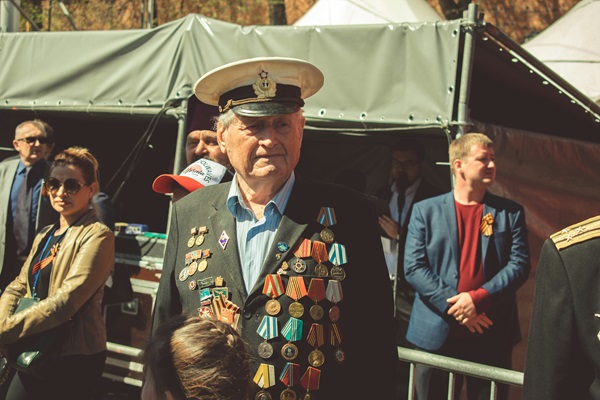
The Veterans Administration (VA) does have an underutilized benefit that can help wartime veterans and their surviving spouses pay for a variety of long-term care costs.
This benefit, called “Aid and Attendance,” is a special pension that’s paid on top of existing VA pensions for eligible veterans and surviving spouses. In 2024, it pays a maximum of $2,727 a month to married veterans; $2,300 a month to single veterans; or $1,478 a month to a surviving spouse. The money is tax free, and can be used to pay for assisted living, memory care, nursing home or in-home care services.
Currently, around 156,000 veterans and survivors are receiving the Aid and Attendance benefit, but many thousands more are eligible who either don’t know about it or don’t think they qualify.
Eligibility Requirements
To qualify, you must have served at least 90 days of active military service with at least one day of service during a period of war, and not have been discharged dishonorably. Single surviving spouses of wartime vets are eligible if their marriage ended due to death.
In addition, you will also have to meet certain thresholds for medical and financial need to be eligible.
To qualify medically you must be either disabled, or over the age of 65 and need help performing basic everyday living tasks such as eating, bathing, dressing or going to the bathroom. Being blind or in a nursing home due to disability or receiving Social Security Disability or SSI also qualifies. Single surviving spouses have no age restrictions, but they must require help with basic everyday living tasks to be eligible.
To qualify financially your “net worth,” which includes assets and annual income combined, must be below $155,356 in 2024.
To calculate this, add up your assets, which includes personal property (like investments, real estate, etc.) excluding a primary home and vehicles. And tally up your income over the past year (including Social Security, pensions, interest income from investments, annuities, etc.), minus any out-of-pocket medical expenses, prescription drugs, insurance premiums and long-term care costs over that same period.
The VA also has a three-year lookback to determine if you transferred any assets to ensure you would qualify for benefits. If so, you may be subject to a penalty period of up to 5 years.
How to Apply
To apply for Aid and Attendance, you’ll need to fill out VA Form 21-2680 and mail it to the Pension Management Center (PMC) for your state. You’ll need to have your doctor fill out the examination information section. Or you can also apply in person at a VA regional office near you.
For more information or to download application forms see VA.gov/pension/aid-attendance-housebound. You can also call the VA at 800–827–1000 if you have questions.
If you need some help, you can appoint a Veteran Service Officer (VSO), a VA-accredited attorney or claims agent to represent you.
If you are eligible, it can take months for your application to be processed, so be patient.
You should also know that if your Aid and Attendance application is approved, the VA will send a lump sum retroactive payment covering the time from the day you filed the application until the day it was approved. Then you receive monthly payments going forward.
Jim Miller publishes the Savvy Senior, a nationally syndicated column that offers advice for Boomers and Seniors.







Comment here